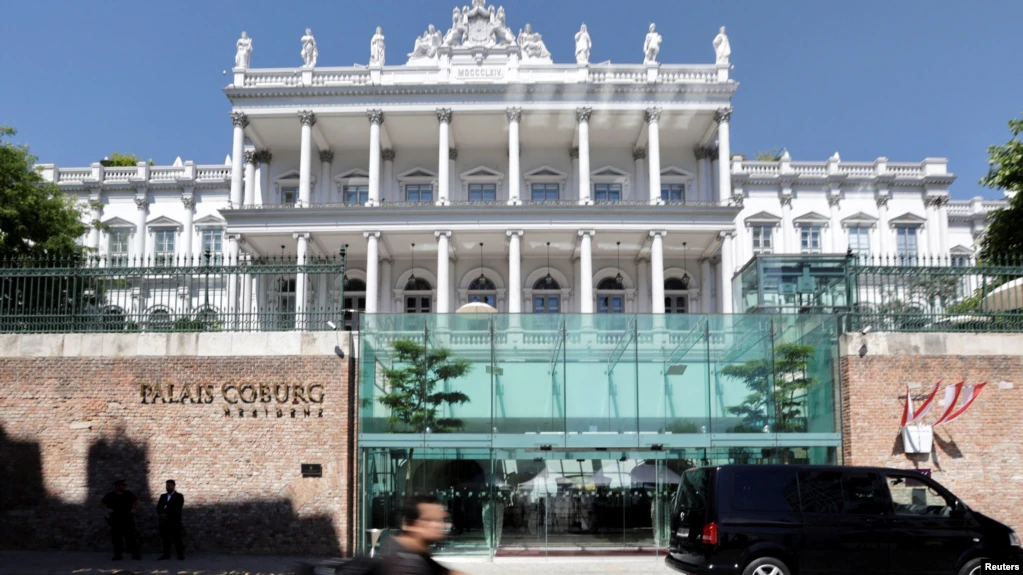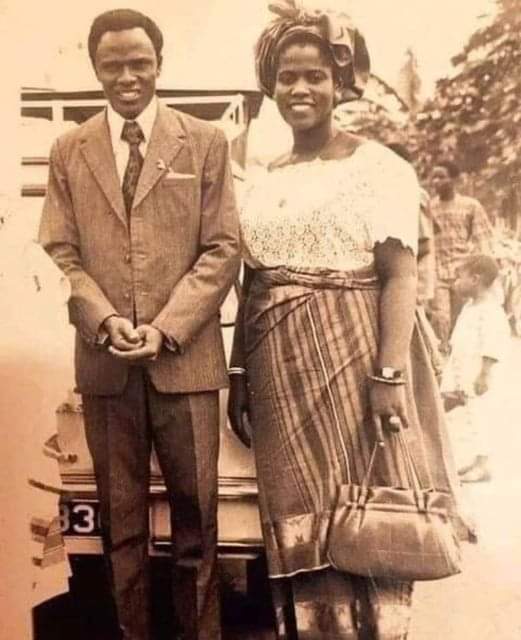
VIENNA — Negotiators from Iran, the U.S. and the European Union resumed monthslong, indirect talks over Tehran’s tattered nuclear deal Thursday, as international inspectors reported that the Islamic Republic is expanding its uranium enrichment.
The resumption of the Vienna talks, suddenly called Wednesday, appeared not to include high-level representation from all of the countries that were part of Iran’s 2015 deal with world powers.
The negotiations come as Western officials express growing skepticism over the prospects for a deal to restore the accord. The EU’s top diplomat has warned that “the space for additional significant compromises has been exhausted.”
Iran’s top negotiator, Ali Bagheri Kani, met with EU mediator Enrique Mora, Iranian media reported. As in other talks, the U.S. won’t directly negotiate with Iran. Instead, the two sides will speak through Mora.
U.S. Special Representative for Iran Rob Malley also was on hand, tweeting Wednesday that “our expectations are in check.”
Mora also met Thursday with Russian Ambassador Mikhail Ulyanov, who has represented Moscow’s interests in the talks. Ulyanov also separately met with Bagheri Kani.
“As always we had a frank, pragmatic and constructive exchange of views on ways and means of overcoming the last outstanding issues,” Ulyanov wrote on Twitter.
But going into the negotiations, Iran laid out a maximalist stance. Through its state-run IRNA news agency, Tehran denied that it had abandoned its effort to get America to delist its paramilitary Revolutionary Guard as a terrorist organization as a precondition to a deal. That has been a main sticking point.
IRNA also quoted Iran’s civilian nuclear chief as saying turned-off surveillance cameras of the International Atomic Energy Agency would be switched back on only if the West abandons an effort to investigate manmade traces of uranium found at previously undisclosed sites in the country.
Those positions could doom the talks.
Iranian officials have been trying to offer optimistic assessments of the negotiations while blaming the U.S. for the deadlock. They may be worried that a collapse of the talks could send the country’s rial currency plunging to new lows.
Iran struck the nuclear deal in 2015 with the U.S., France, Germany, Britain, Russia and China. The deal saw Iran agree to limit its enrichment of uranium under the watch of U.N. inspectors in exchange for the lifting of economic sanctions.
Then-President Donald Trump unilaterally pulled the U.S. out of the accord in 2018, saying he would negotiate a stronger deal, but that didn’t happen. Iran began breaking the deal’s terms a year later.
As of the last public IAEA count, Iran has a stockpile of some 3,800 kilograms (8,370 pounds) of enriched uranium. More worrying for nonproliferation experts, Iran now enriches uranium up to 60% purity — a level it had not reached before. That is a short, technical step away from weapons-grade levels of 90%.
Those experts warn Iran has enough 60% enriched uranium to reprocess into fuel for at least one bomb. However, Iran still would need to design a bomb and a delivery system for it, likely a monthslong project.
Iran maintains its program is for peaceful purposes, though its officials increasingly are discussing the country’s ability to build a nuclear bomb if it chose — previously a taboo topic there.
Meanwhile Thursday, U.N. inspectors at the IAEA said that they had verified that Iran had begun feeding uranium gas into two IR-1 cascades previously unused at its underground Natanz facility. Those cascades will enrich uranium up to 5%.
The IAEA inspectors also verified that Iran had completed installation of three advanced IR-6 cascades at the plant, each comprising up to 176 centrifuges. The IAEA said those cascades had yet to be fed uranium. Iran also told the IAEA it planned to install six more IR-2M cascades in a new operating unit at Natanz, inspectors said.






























